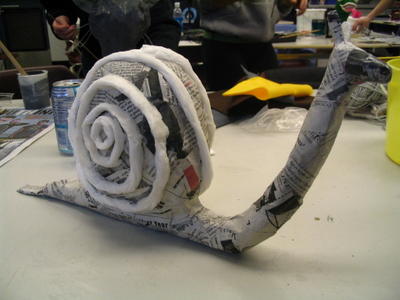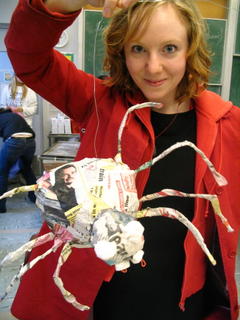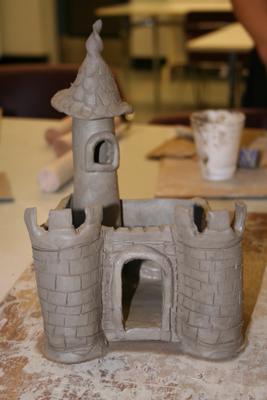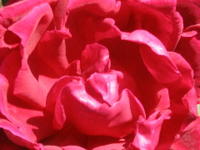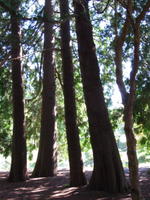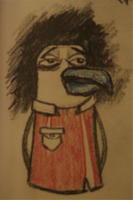Drawing with children
LAURA
Age: 7
Drawing:
- Self-portrait
- Dog
Laura started off her drawing by asking her mother if she could use a mirror to do a self-portrait. Unfortunately, there weren’t any mirrors available. Laura distanced herself from drawing herself at the beginning by helping her younger brother, Jack, in doing his drawing. When Laura got focused on doing her drawing she asked the most classic young child colouring quote, “Which one of your felts is skin colour?”. I quizzed her by asking her, “do you mean the colour of my skin, or your skin?”. When she discovered the felt that represented her skin tone colour, I said that her felt that she chose was the colour peach as stated on the side of the felt. For the most part, Laura drew the outline of herself in pencil, and then coloured in the rest. She was very concerned about her fashion and asked me several times what colour shoes, dress, jacket she should wear. She then made an effort to draw herself wearing ‘Converse’ brand shoes. The last thing she drew was her face. She chose not to draw a nose because she didn’t like to draw noses. The last thing she added to herself was brown streaks in her hair (a).
Laura also decided to draw her favourite animal; a doggy (b). Being that it took a very short amount of time (three minutes) for her to draw her dog, I would assume that she had mastered the technique.
(a)

(b)

JACK
Age: 5
Drawing:
- Self-portrait
- Manni the Wooly Mammoth
When Jack was given the instructions to draw a picture of himself, he was quick to draw with the help of his older sister, Laura, a picture of a smiling boy (a). This did not take long.
However, immediately after finishing his self-portrait he grabbed his favourite toy, Manni, the Wooly Mammoth, and got Manni to draw a self-portrait of himself (b). Jack placed a felt in Manni’s trunk, and spoke out the directions as he helped Manni draw a self- portrait. Jack said: “first, you need two J’s for the tusks. Then you need a trunk for a nose. Then you draw four feet”. In order to draw an accurate size of Manni, Jack placed Manni on a piece of paper and drew a circle around him. To give the effect of fur, Jack drew scribbles (c).
(a)

(b)

(c)

